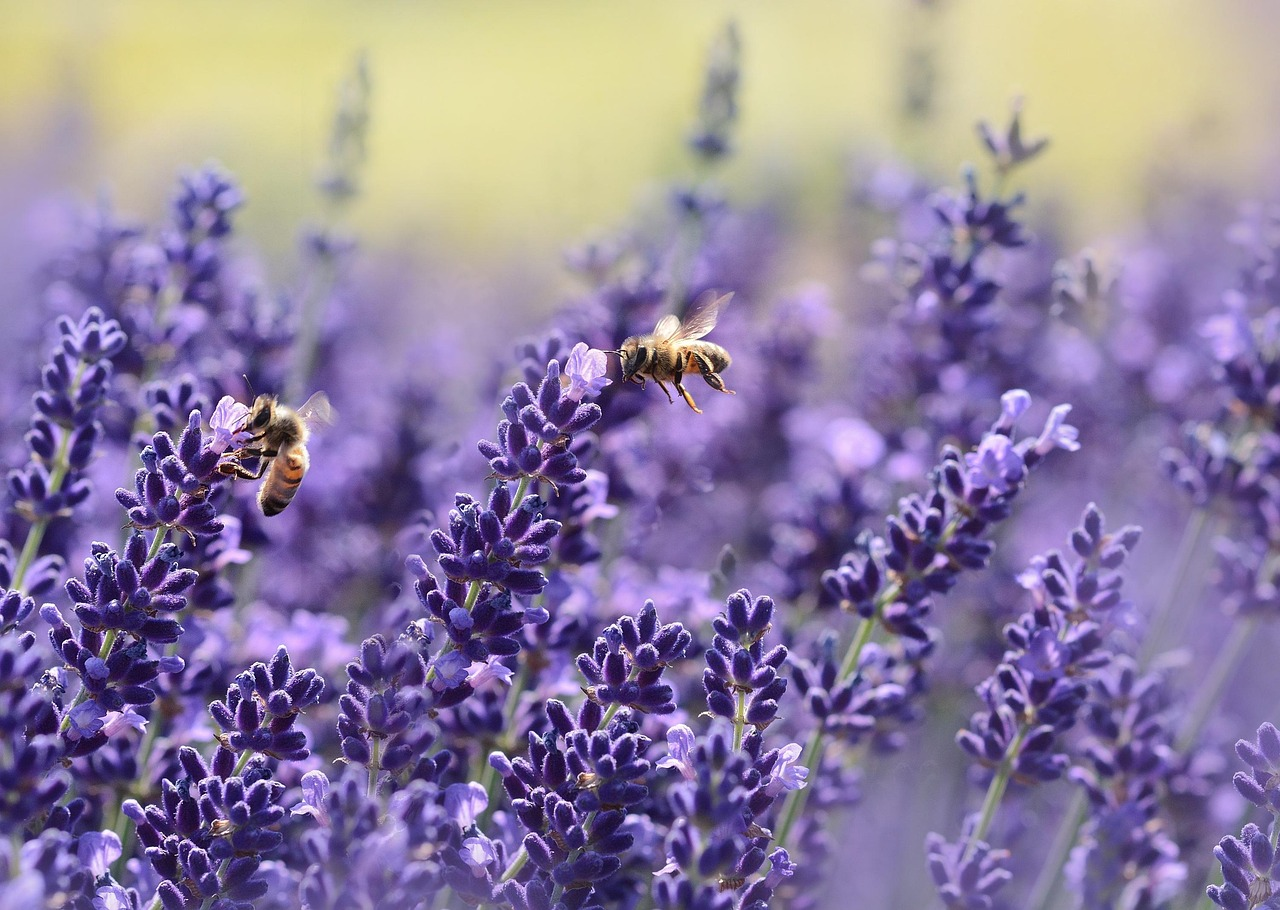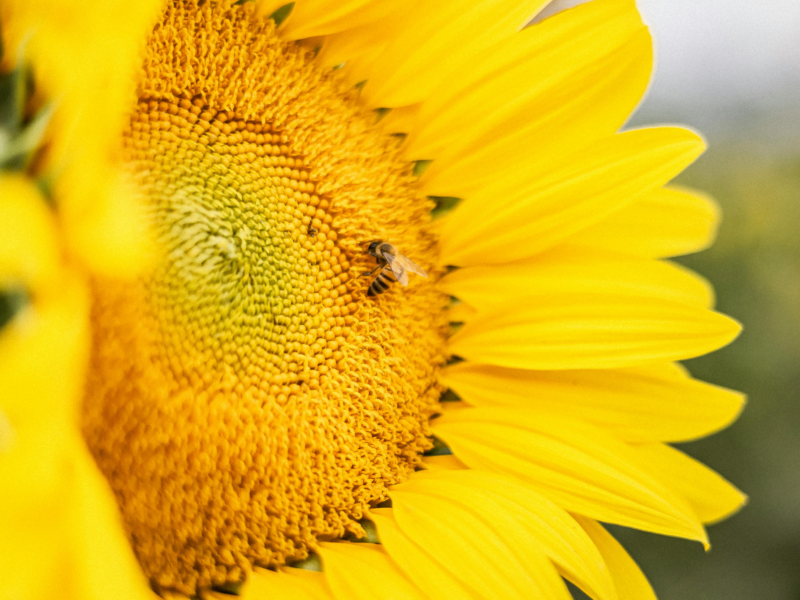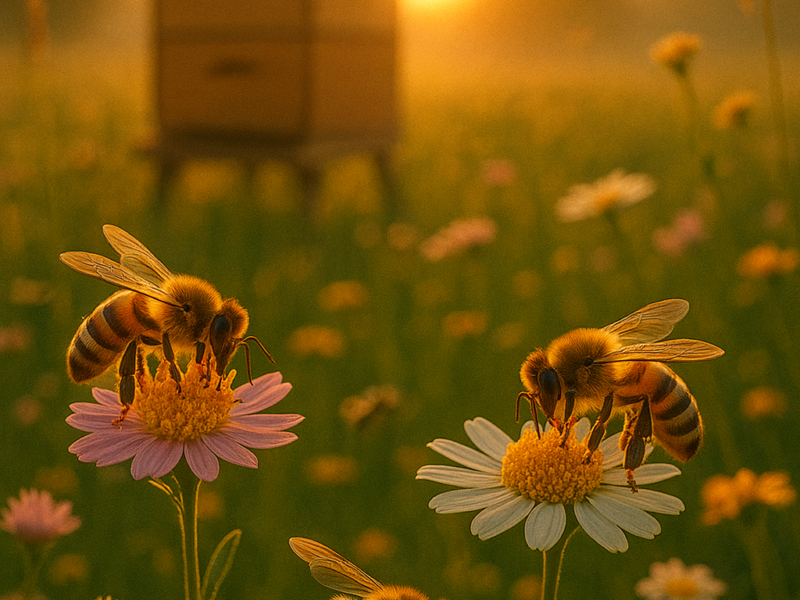🌼 Introduction: The Hidden Workforce of Nature
When you bite into an apple, sip your morning coffee, or drizzle honey over toast, you’re benefiting from one of nature’s most powerful yet undervalued workers — the bee.
Bees are responsible for pollinating around one-third of all the food we eat. Without them, global agriculture would collapse into a food shortage crisis.
Pollination is the heartbeat of ecosystems — a process that connects plants, insects, animals, and humans. Bees, as the world’s most efficient pollinators, ensure plant reproduction, biodiversity, and food security.
🌸 What Is Pollination and Why It Matters
Pollination occurs when pollen is transferred from the male part (anther) of a flower to the female part (stigma). This fertilization process enables plants to produce fruits, seeds, and vegetables.
While wind and other insects contribute to pollination, bees account for over 80% of all crop pollination worldwide. Their ability to visit thousands of flowers each day makes them unmatched in effectiveness.
Without pollinators, we would lose most of our favorite foods — fruits, nuts, coffee, cocoa, and even animal feed crops like alfalfa.
🐝 The Role of Bees in Pollination
Bees collect nectar and pollen as food sources for their colonies. In doing so, they unintentionally fertilize plants — turning simple foraging behavior into a vital ecological service.
Different bee species have evolved to pollinate specific types of flowers:
- Honeybees (Apis mellifera) – pollinate most commercial crops.
- Bumblebees – excel in cold climates and greenhouse crops.
- Solitary bees – such as mason bees, are extremely efficient at fruit tree pollination.

🌾 How Bees Boost Global Agriculture
Bees are directly responsible for increasing crop yields and quality. Studies show that pollinated plants produce larger, healthier, and more uniform fruits.
Crops like almonds, blueberries, cherries, and avocados rely almost entirely on bees. Even partial pollination boosts production by 30–60%.
📊 The Numbers Behind Bee-Powered Agriculture
- 75% of the world’s flowering plants rely on animal pollination.
- 35% of global food production depends on bees.
- Bee pollination contributes $577 billion annually to the global economy.
🍓 Top Crops That Depend on Bees
| Crop | Dependence on Bees | Regions Most Affected |
|---|---|---|
| Almonds | 100% | USA, Spain, Australia |
| Apples | 90% | Europe, North America |
| Blueberries | 80% | Canada, Chile |
| Coffee | 45% | Brazil, Ethiopia |
| Cucumbers | 90% | Global |
| Cocoa | 70% | West Africa, Indonesia |
Without bees, these crops would diminish drastically, altering diets, economies, and ecosystems worldwide.
💰 Economic Value of Bee Pollination
According to the FAO, bee pollination contributes over $500 billion annually to the agricultural sector.
In the U.S. alone, honeybee pollination supports $15 billion in crop value every year.
Beyond economics, pollination ensures food diversity, price stability, and nutritional security for billions of people.
🔬 The Pollination Process: Step by Step
- Attraction: Bees are drawn to flowers through color, scent, and nectar.
- Foraging: As bees gather nectar, pollen grains stick to their fuzzy bodies.
- Transfer: Pollen is carried to the next flower, enabling fertilization.
- Fruit Formation: The plant produces seeds and fruits.
- Cycle Renewal: Bees collect pollen to feed larvae — ensuring both plant and bee survival.
⚠️ Threats to Bees and Pollination
Despite their importance, bees face severe threats globally:
- Pesticides: Especially neonicotinoids that damage bee nervous systems.
- Habitat Loss: Urbanization and monoculture destroy natural forage.
- Climate Change: Alters blooming patterns and food availability.
- Varroa Mites and Diseases: Parasitic infestations weaken colonies.
- Pollution: Heavy metals and microplastics disrupt bee health.
If current trends continue, global bee populations could decline by 50% in the next 20 years.

🌍 The Ripple Effect of Bee Decline
Losing bees doesn’t just mean less honey — it means fewer crops, higher prices, and reduced biodiversity.
- Food security: Staple crops would become scarce.
- Wildlife: Many animals depend on bee-pollinated plants for food.
- Economy: Entire agricultural sectors would collapse.
Even dairy and meat production would be affected since cattle feed (like clover and alfalfa) relies on bee pollination.
🍯 Related Articles
👨🌾 How Beekeepers and Farmers Collaborate
Modern agriculture depends on beekeeper partnerships.
Farmers often rent hives during bloom season, allowing bees to pollinate crops while collecting nectar.
Smart farming innovations now integrate GPS and hive sensors to track colony performance in real-time.
🌱 Sustainable Beekeeping and Farming Practices
- Plant bee-friendly cover crops like clover, alfalfa, and lavender.
- Avoid pesticides during bloom.
- Create pollinator corridors in farmlands.
- Provide clean water sources near hives.
- Support local beekeepers by buying raw honey and beeswax products.
🌿 How You Can Help Save the Bees
- Plant native wildflowers.
- Avoid chemicals in your garden.
- Support organic farms.
- Provide bee hotels for solitary species.
- Spread awareness about pollinator decline.
Every small step contributes to restoring balance in the ecosystem.
💡 Did You Know?
🐝 One single bee can visit up to 5,000 flowers per day.
🌸 A hive of 50,000 bees can pollinate millions of flowers daily.
🍯 Bees must visit 2 million flowers to produce just one pound of honey.
❓ FAQ
Q1: Which crops depend most on bees?
A1: Almonds, apples, blueberries, cucumbers, and avocados rely heavily on bee pollination.
Q2: Are honeybees the only pollinators?
A2: No, bumblebees, solitary bees, butterflies, birds, and even bats contribute to pollination, but honeybees are the most efficient.
Q3: Can humans pollinate plants manually?
A3: Technically yes, but it’s not scalable — one hive can pollinate what thousands of humans couldn’t achieve manually.
🐝 Conclusion
Bees are far more than honey producers — they are the backbone of global food security.
Their tireless pollination ensures the survival of fruits, vegetables, nuts, and seeds that sustain both humans and wildlife.
Protecting bees means protecting our future. Through sustainable agriculture, eco-conscious consumer choices, and awareness, we can safeguard these essential pollinators.
Let’s keep the world buzzing — for the bees, for the planet, and for generations to come.



